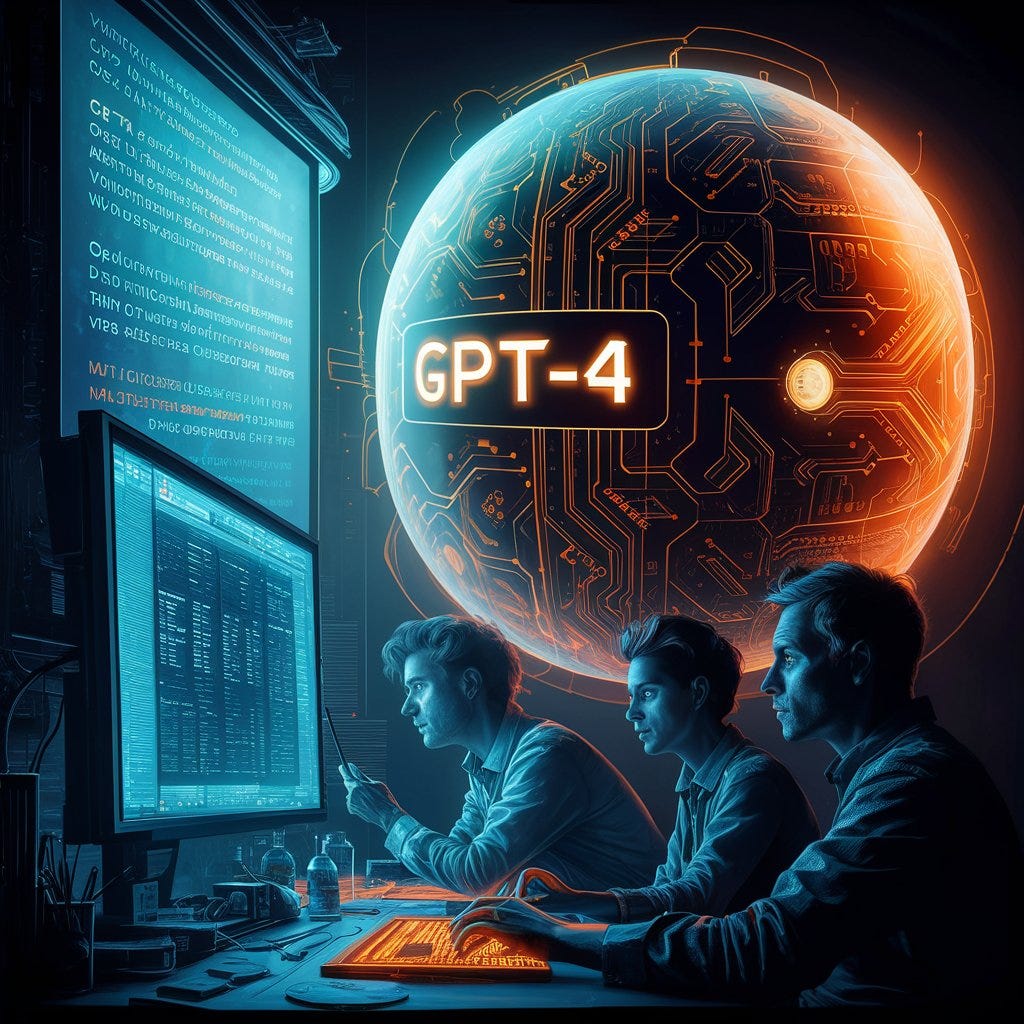A new method helps to extract interpretable concepts from large models like GPT-4.
Interpretability is one of the crown jewels of modern generative AI. The workings of large frontier models remain largely mysterious compared to other human-made systems. While previous generations of ML saw a boom in interpretability tools and frameworks, most of those techniques have become impractical when applied to massively large neural network. From that perspective, solving interpretability for generative is going to require new methods and potential breakthroughs. A few weeks ago, Anthropic published some research about their work in identifying concepts in LLMs. More recently, OpenAI published a super interesting paper about their work on identifying interpretable features in GPT-4 using a quite novel technique.
To interpret LLMs, identifying useful building blocks for their computations is essential. However, the activations within an LLM often display unpredictable patterns, seemingly representing multiple concepts simultaneously. These activations are also densely packed, meaning each activation is constantly engaged with every input. In reality, concepts are usually sparse, with only a few being relevant in any given context. This reality underpins the use of sparse autoencoders, which help identify a few crucial “features” within the network that contribute to any given output. These features exhibit sparse activation patterns, aligning naturally with concepts that humans can easily understand, even without explicit interpretability incentives.

